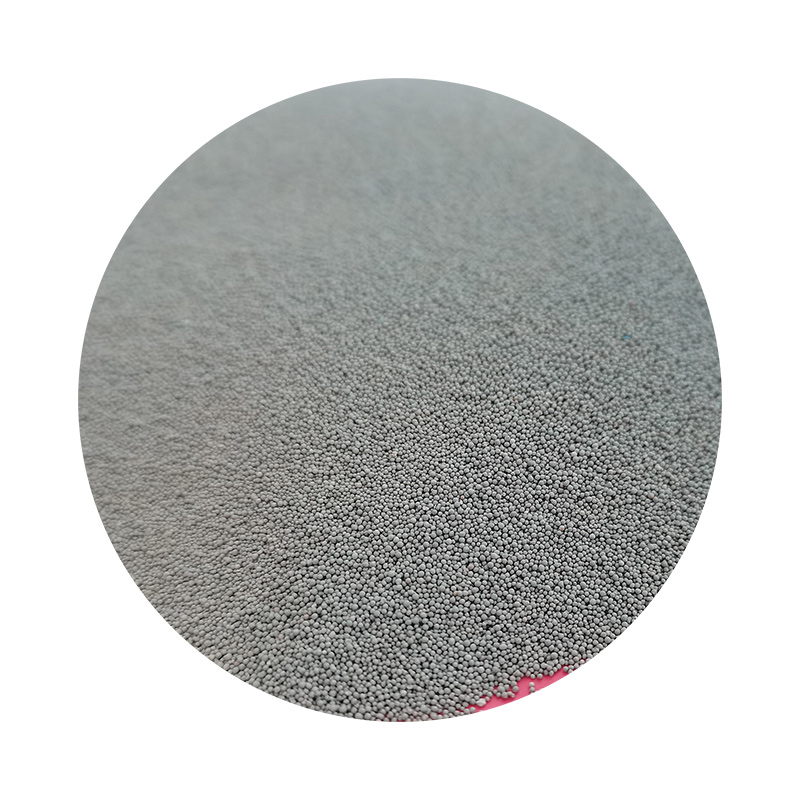Steel Sand Casting The Art and Science of Metal Fabrication
Steel sand casting is a time-honored method of metal fabrication that has evolved significantly over the years. Combining traditional techniques with modern technology, this process has become essential in manufacturing a wide array of metal components used in various industries. This article will explore the intricacies of steel sand casting, its advantages, applications, and the future of this technique in the context of modern manufacturing.
Understanding the Process
At its core, steel sand casting involves creating a mold from sand, which is then used to shape molten steel. The process begins with creating a pattern, typically crafted from materials such as wood, plastic, or metal, which reflects the desired dimensions of the final product. Once the pattern is created, it is placed in a sand mixture, often composed of silica sand, clay, and water, which is compacted around it to create the mold.
The mold is then carefully removed from the pattern, creating a cavity that mirrors the shape of the intended casting. After preparing the mold, molten steel—which can reach temperatures of over 1,500 degrees Celsius— is poured into the cavity. The steel is allowed to cool and solidify, after which the sand mold is broken away to reveal the finished product. The final stage involves cleaning and machining the cast component to achieve the required specifications.
Advantages of Steel Sand Casting
One of the primary advantages of steel sand casting is its versatility. This process can accommodate a wide range of sizes and complexities, making it suitable for producing both small and large components. Moreover, it allows for the creation of intricate designs and features that might be challenging to achieve using other manufacturing methods.
Another significant benefit is cost-effectiveness. Sand casting requires relatively low capital investment compared to other metalworking techniques. The materials needed for the process are readily available and inexpensive, making it an attractive option for both small-scale and large-scale production runs.
Additionally, steel's inherent strength and durability make it an ideal material for various applications. Components produced through steel sand casting can withstand significant stress and wear, which is critical in industries such as automotive, aerospace, and construction.
steel sand casting foundry

Applications in Various Industries
Steel sand casting finds extensive applications across multiple sectors. In the automotive industry, for instance, it is commonly used to produce engine blocks, transmission cases, and various other critical components. The durability of sand-cast steel ensures that these parts can endure the rigors of daily operation in vehicles.
In the aerospace sector, precision and performance are crucial, and sand casting can deliver both. Aircraft components such as landing gear and structural elements are often produced using this method, benefiting from the high strength-to-weight ratio of steel.
Furthermore, construction and infrastructure projects rely heavily on sand-cast steel for producing structural components like beams, columns, and brackets. The resilience of steel castings ensures that these parts can support heavy loads and endure harsh environmental conditions.
The Future of Steel Sand Casting
As technology continues to advance, the future of steel sand casting looks promising. Innovations in computer-aided design (CAD) and simulation software have improved the accuracy and efficiency of mold creation. Additionally, the integration of additive manufacturing techniques is beginning to revolutionize the sand casting process, allowing for more complex geometries and reduced lead times.
Sustainability is also a growing focus within the industry. Efforts to recycle sand and reduce waste during the casting process are increasingly becoming standard practices. Moreover, advancements in alloy formulations can lead to the development of eco-friendlier steel with lower environmental impacts.
In conclusion, steel sand casting is a vital method of metal fabrication with a rich history and a promising future. Its versatility, cost-effectiveness, and ability to produce durable components make it indispensable across various industries. As technology continues to evolve, steel sand casting is likely to adapt, ensuring its relevance in the ever-changing landscape of manufacturing.
Post time:Okt . 11, 2024 09:20
Next:sand casting company
